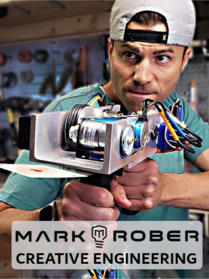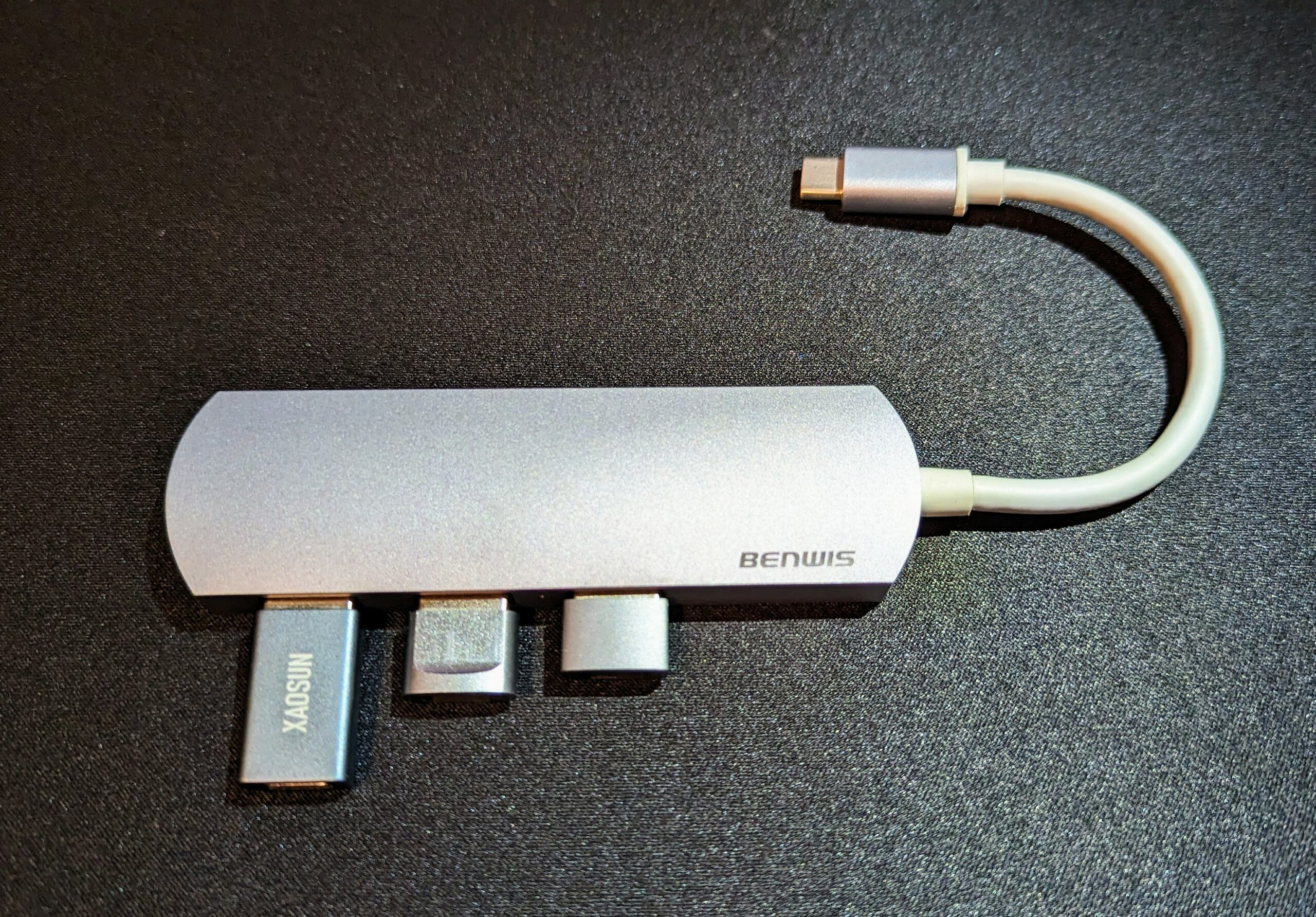Even though I’m a seasoned engineer, I thought it would be fun to take Mark Rober’s Creative Engineering Course on studio.com, to see what his approach was to teaching the principles of the engineering process, and share them with my kids. So I signed up with my brother and dove right in.
Overall, I enjoyed the class even though it was a bit too fast-paced for me, I was only able to finish the first two builds. While the course is designed to be taken at your leisure, and you can go back and watch any part as often as you wish, there are still deadlines to keep the class progressing together and collaborating. It was no surprise, that the course is geared towards a younger audience, who have more time on their hands, and know next to nothing about engineering. So much so, that even though people of all ages paid for the course, Mark Rober essentially ignored the older participants in the class chats. Which was a real bummer! The whole course was also centered around how to make engineering builds for YouTube content. Which makes sense, as that’s what he does, but it made it painfully clear, that most of what he builds for his YouTube channel only has to hold up for a few great shots and then look good on a shelf. Which totally killed the “magic” of his content for me. I always imagined Mark Rober to be some super talented engineer, but I realized that his talent isn’t so much in engineering, but in content creation, presentation, and perhaps marketing. Even so, the material was put together very well, and the sessions build upon each other nicely. I’d still recommend it to anyone wanting to learn the basics of engineering principles and get hands-on experience. I’ve even used some of his methods in helping teach interns at my company about the engineering process in a simple straight forward way.

